WORDS ASSOCIATE PROFESSOR DR AZRIYANTI ANUAR ZAINI
 FEATURED EXPERT FEATURED EXPERTASSOCIATE PROFESSOR DR AZRIYANTI ANUAR ZAINI Consultant Paediatrician and Paediatric Endocrinologist Department of Paediatrics Faculty of Medicine University Malaya |
Many people are under the impression that it is alright for girls to be short or petite.
While being a few centimetres shorter than the norm may not have much of an effect on a girl or woman, being abnormally short or stunted could have serious psychosocial consequences.
THE RAMMIFICATIONS OF ABNORMAL GROWTH
Mental repercussions. Girls that are too short may face bullying and discrimination, especially among their peers, or they themselves may constantly compare themselves negatively to their normal-height friends.
This can result in psychological distress, low self-esteem, and social isolation.
Discrimination. As they grow up and enter the workforce, this can also translate into discrimination at the workplace, with many studies revealing that shorter people tend to earn less and be viewed as less powerful or influential.
Childbirth issues. Shorter women tend to have smaller pelvises, which may result in difficulties during childbirth. Indeed, research indicates that shorter women tend to have shorter pregnancies, smaller babies and a higher risk of needing a caesarean section.
Practical consequences. Examples include needing a booster seat or car modifications in order to drive and being unable to reach higher items on supermarket shelves or grasp the hanging strap on public transport.
IS YOUR DAUGHTER ABNORMALLY SHORT?
The expected height for a girl or woman is assessed according to their age, population and parents’ heights.
In Malaysia, we use the World Health Organization (WHO) length/height-for-age growth charts to measure the growth of children from birth to the age of 19.
| You can get these charts at the WHO website (link opens in a new tab). Note that there are different charts for different sexes and age range, so pick the right one for your child! |
A girl whose height is shorter than the average by 10 cm or more on the age-appropriate growth chart should be considered a red flag, and they should be brought to see a doctor as soon as possible.
WHY DO SOME CHILDREN EXPERIENCE STUNTED GROWTH?
Stunting is defined as having a height that was more than two standard deviations from the average height, while risk of stunting was having a height that was between one and two standard deviations from the average.
A nationwide study led by Universiti Malaya, involving over 15,300 children, found that 16.1% of Malaysian children aged 1 to 5 were stunted, while a further 20% were at risk of stunting.
The most common general cause for stunting in Malaysia is malnutrition. This can range from poor nutritional intake due to a low-quality and/or low-quantity diet, to poor behaviour towards nutrition such as slow or picky eating.
Children with a chronic disease, such as congenital heart disease, respiratory illnesses, cancer, or malabsorption disorders, can also suffer from stunting due to factors related to their disease.
In addition, babies born at term and small-for-gestational-age (SGA)–usually less than 2.5kg–can also be abnormally short. Although they may be otherwise healthy, small-for-gestational-age babies that do not catch up in growth by their fourth or fifth birthday are at risk of being stunted.
More specific causes for stunting include hormonal conditions, such as growth hormone deficiency, and genetic conditions such as Turner’s syndrome in girls.
WHAT PARENTS SHOULD PAY ATTENTION TO WHEN IT COMES TO THEIR CHILDREN’S GROWTH
Nutrition. Good nutrition can make a big difference in a child’s growth. It is, in fact, the main driver of linear growth during the first 5 years of life. Even if a child has a hormonal deficiency or genetic condition that causes stunting, ensuring that they receive good nutrition in the early years can go a long way in helping them achieve an optimum height.
Sleep. Many Malaysian children have an unfortunate tendency to go to bed late before having to wake up early in the morning to go to school. Growth hormone tends to be released during the deep, uninterrupted periods of sleep in the middle of the night. Therefore, children who have shorter amounts of such undisturbed sleep may have their growth compromised.
Physical activity. Lastly is our children’s increasingly sedentary lifestyle, which was particularly exacerbated during the movement control order over the last two years. The lack of exercise and tendency to just sit and play with electronic gadgets have a negative effect on a child’s growth. Research has shown that not only is the risk of obesity increased with such a lifestyle, but the child’s growth is also jeopardized.
CAN ABNORMAL GROWTH BE TREATED?
There are definitely ways to treat and manage girls who are abnormally short, but the key influencing factor is the age at which they are diagnosed and when treatment can be commence.
This is because there is only a small window of opportunity to help these girls achieve their maximum potential height.
Despite most parents noticing their daughter’s unusual shortness, many of them only tend to bring their daughter to see the doctor when she fails to have her period by her early teens (primary amenorrhoea).
This is because there is a myth that girls only start their growth spurt after menarche, or their first period. However, the fact is that menarche marks the last stage of puberty. By this time, there is only potential for another 3 to 5cm of growth!
So, while we can still treat such girls, the window of opportunity to help them achieve a more normal height is much more limited.
Ideally, girls with short stature should be referred to a paediatric endocrinologist by the ages of 7 to 10.
This would allow sufficient time for diagnosis, monitoring and treatment.
IN CONCLUSION
It is very important that parents monitor their child’s growth and development.
There are many simple ways parents can keep track of their child’s height at home, including annual measurements—tip: use a cereal box, which has a nice 90⁰ angle, rather than a bendable ruler or paperback book—and digital tools such as apps.



 AINUL SYAFIQAH MOHD AZAHARI
AINUL SYAFIQAH MOHD AZAHARI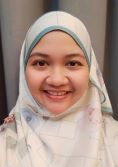 DR NUR HANA HAMZAID
DR NUR HANA HAMZAID
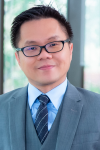 FEATURED EXPERT
FEATURED EXPERT
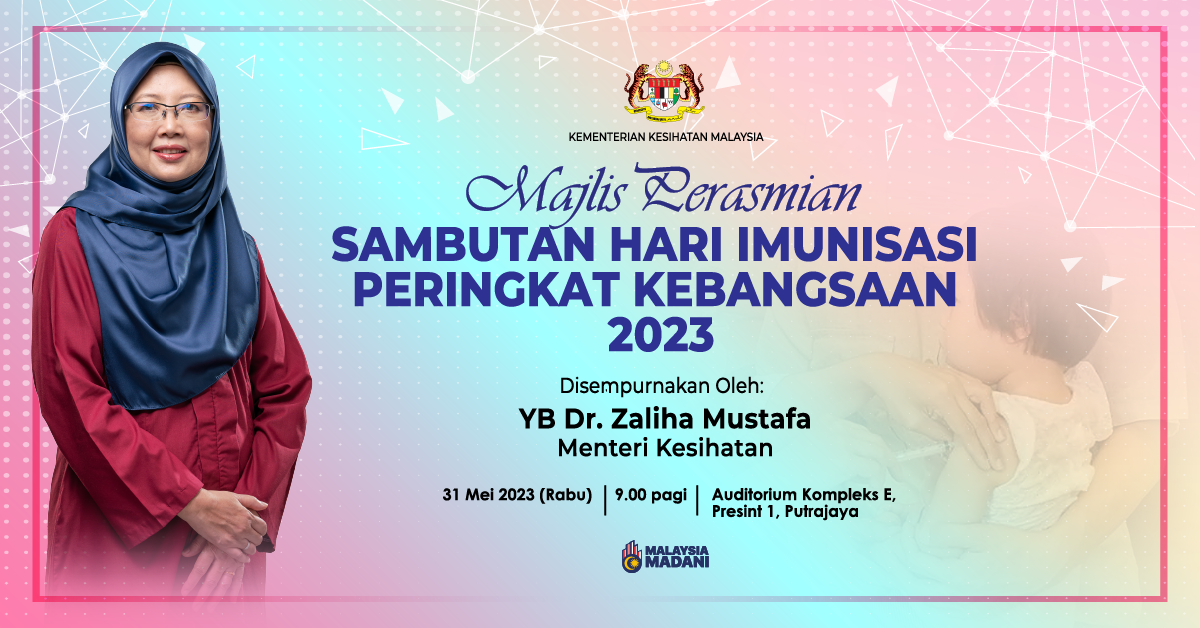
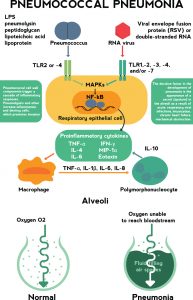

 FEATURED EXPERT
FEATURED EXPERT FEATURED EXPERT
FEATURED EXPERT
 FEATURED EXPERT
FEATURED EXPERT
 FEATURED EXPERT
FEATURED EXPERT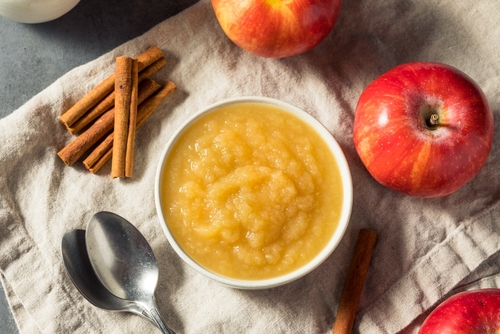
 DR NURUL HUDA RAZALLI
DR NURUL HUDA RAZALLI

 FEATURED EXPERT
FEATURED EXPERT
 FEATURED EXPERT
FEATURED EXPERT